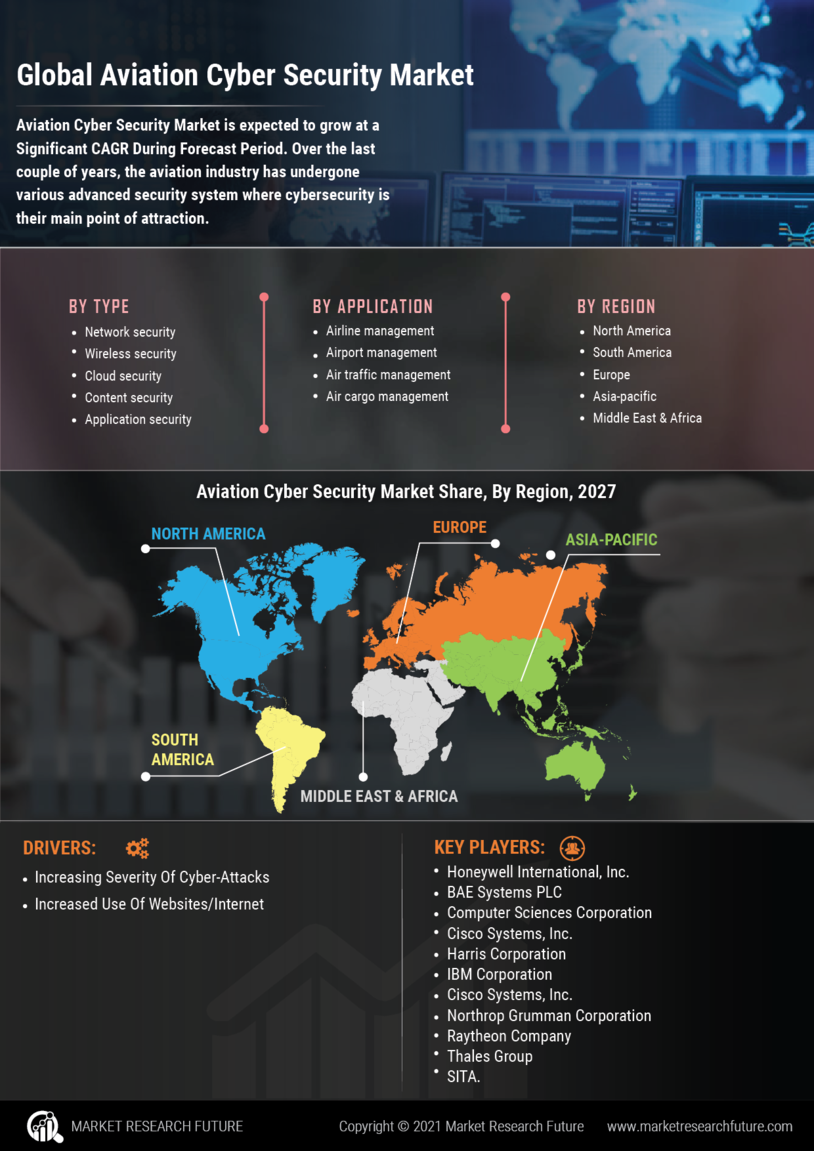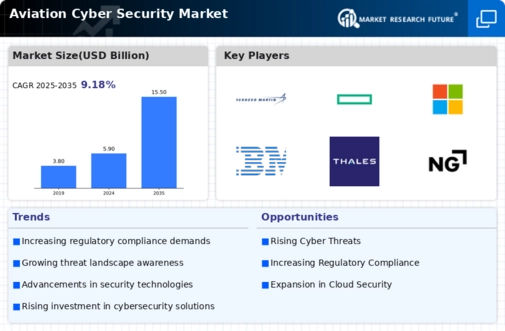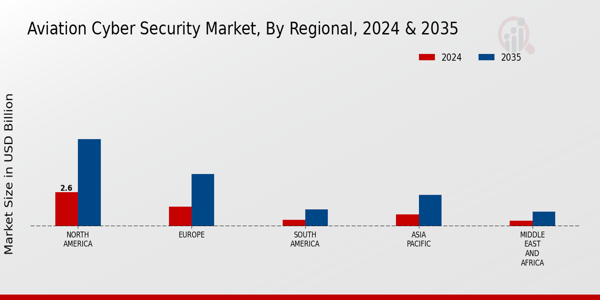The Aviation Cyber Security Market is witnessing significant growth driven by the increasing dependence on digital technologies within the aviation sector and rising concerns over cyber threats.
This market encompasses the development and implementation of technologies and strategies designed to protect both civil and military aviation systems from cyber attacks.
As air transportation and logistics continue to globalize, ensuring the safety and security of aircraft, air traffic management systems, and passenger data becomes even more critical.
Companies in this competitive landscape are striving to offer advanced solutions that address specific vulnerabilities in aviation systems, reflecting the growing urgency to mitigate risks and comply with stringent regulatory requirements.
The market is characterized by a diverse range of players, from established defense contractors to nimble cybersecurity startups, each bringing unique capabilities and offerings to the table.
Lockheed Martin stands as a formidable entity in the Aviation Cyber Security Market, leveraging its extensive experience in defense and aerospace to deliver cutting-edge cybersecurity solutions tailored to the aviation sector.
The company's strengths lie in its sophisticated technologies and vast resources, enabling it to develop comprehensive security frameworks that safeguard aviation systems from complex cyber threats.
With a strong focus on research and development, Lockheed Martin continues to innovate and enhance its cybersecurity offerings, ensuring compliance with evolving regulations and standards.
Its recognized brand presence and established relationships with government and commercial aviation stakeholders further bolster its competitive stance. As Lockheed Martin invests in advanced technologies and strategic partnerships, it remains poised to play a critical role in shaping the future of cyber security in the aviation industry.
Hewlett Packard Enterprise has carved a notable niche in the Aviation Cyber Security Market through the provision of robust cybersecurity solutions and services designed to protect aviation infrastructure from evolving digital threats.
The company offers a variety of key products including threat detection and response systems, security information and event management (SIEM) solutions, and advanced analytics capabilities specifically tailored for aviation security needs.
With a global presence, Hewlett Packard Enterprise is well-positioned to address the diverse cybersecurity challenges faced by airlines, airports, and other aviation stakeholders.
The company boasts significant strengths in data management and cloud services, enabling it to provide scalable security solutions. Additionally, its strategic mergers and acquisitions have augmented its capabilities in cybersecurity, allowing it to integrate innovative technologies and enhance service delivery within the aviation sector.
As a result, Hewlett Packard Enterprise continues to be a valued partner for organizations seeking to bolster their cybersecurity posture in an increasingly interconnected aviation environment.












